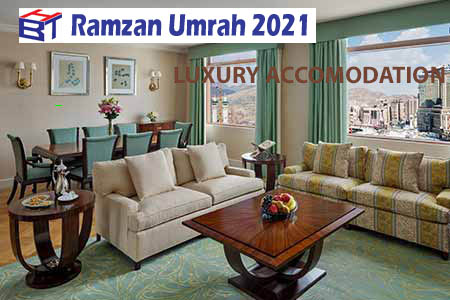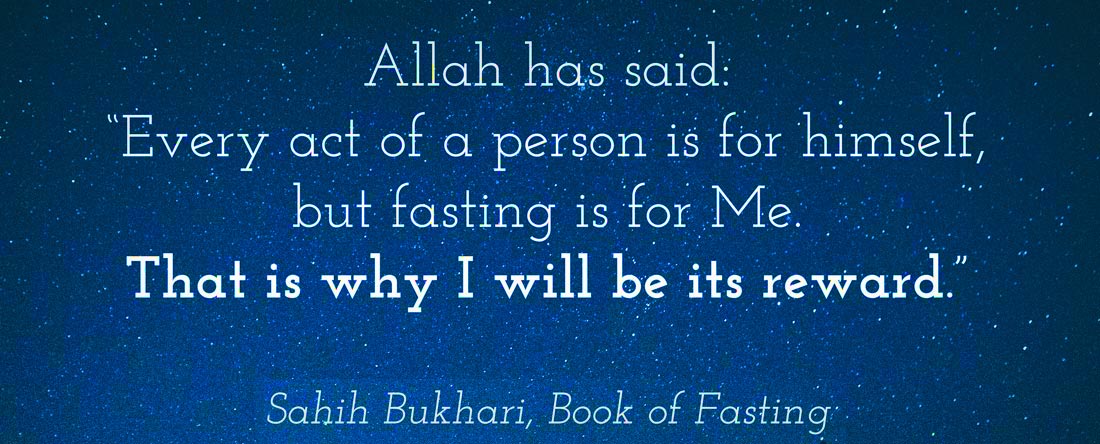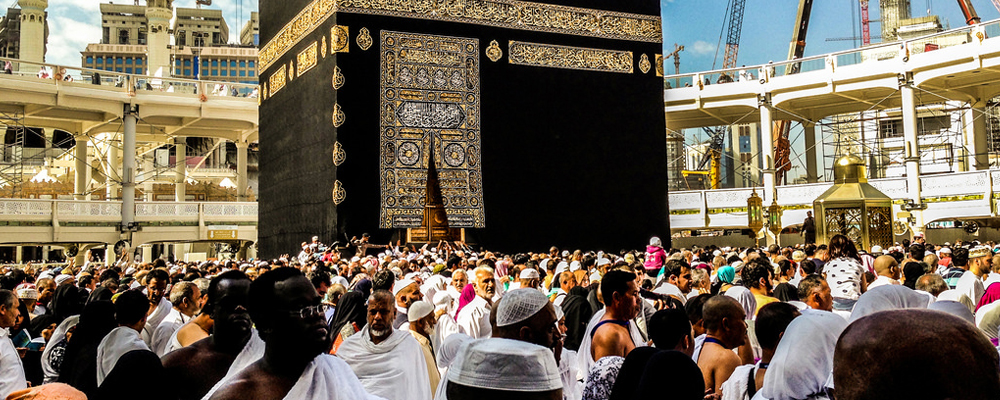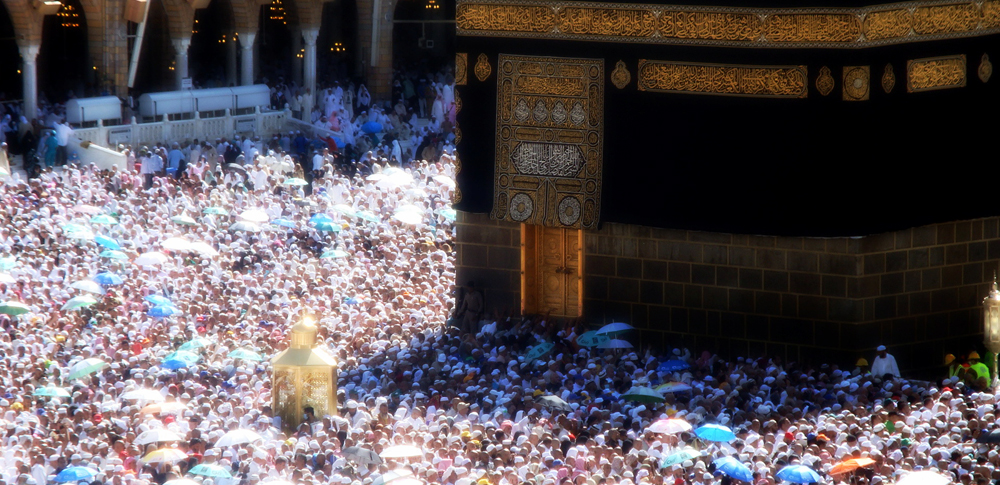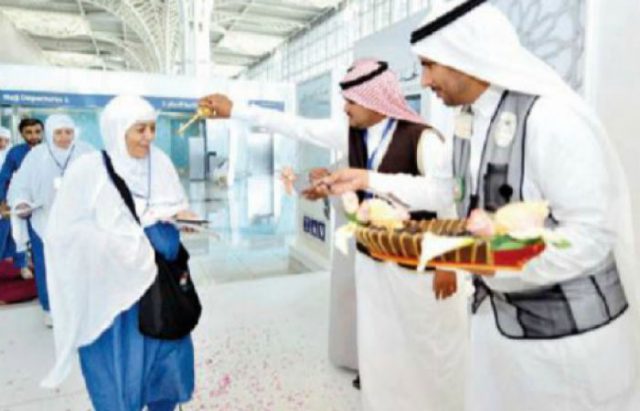What Westerners can learn from the Hajj
The Mecca region of Saudi Arabia has recently been in the midst of the Hajj season. The Hajj, or pilgrimage to Mecca, is strongly encouraged by all Muslims who have the means to undertake it. Importantly, by bringing together 2 million to 3 million people from across the globe, the Hajj pilgrimage is a manifestation of the diversity and moderate nature of global Islam. This image of the Muslim world as cosmopolitan and reasonable stands in stark contrast to the militant Islamist fundamentalism we more regularly hear about in media coverage — with the Islamic State and Boko Haram being the most recent manifestation of this.
One of the more interesting observations for visitors to Saudi Arabia is that the area around the port city of Jeddah and the holy city of Mecca is one of the most progressive and open parts of the country. This often comes as a surprise to outsiders, because it is assumed that Mecca, as the central pilgrimage site for Muslims around the world, must be a conservative center of gravity in the country. The reality could not be more different.
Saudi Arabia is often associated with a more orthodox sect of Sunni Islam known as Wahhabism. Wahhabism clearly has had a huge impact on rules of personal comportment throughout the Saudi state, including a prohibition on alcohol and highly restrictive dress and conduct codes for women. It is, however, the Saudi Arabian political capital of Riyadh that is the core area for this Wahhabist set of beliefs and practices. As one moves west from Riyadh to the Red Sea, the social climate begins to change.
Jeddah is Saudi Arabia’s second-largest city and commercial capital. It is a port town with a long history of commercial exchange, the gateway to the holy cities of Mecca and Medina, and highly ranked in the Middle East as an innovation city.
In the past few weeks, Jeddah’s airport has been besieged by pilgrims from all over the world making their way to Mecca. Those who arrive are associated with a broad range of Islamic traditions and come from all walks of life. The pilgrims include French business people, Egyptian academics and Malian peasant farmers who’ve saved a lifetime to make such a trip.
In Jeddah, the pilgrims and others (such as myself) encounter a city that is bustling with commerce, airy boulevards and sea walks, and a region replete with institutions of higher education, such as King Abdulaziz and Umm Al-Qura universities.
The mix of religion, commerce, scholarship and cosmopolitanism that we see in the Jeddah-Mecca region is nothing new and has deep historical roots in Islamic civilization. Where I work in Africa, there is no denying that long histories of exchange with the Arab world have led to dynamic, learned and hybrid cultures in the Sahelian cities of West Africa or along the Swahili coast of East Africa. Until very recently, the traditional character of Islam in these areas was that of tolerance and outward orientation.
This long history of openness and exchange, an Islamic form of globalization if you will, is so central to Islamic civilization that the more recent militancy of the Islamic State in Iraq and the Levant and of Boko Haram seem oddly parochial and myopic. My concern is that by giving too much media attention to these splinter groups we distort public understanding of the more moderate and cosmopolitan nature of global Islam.
Rather than focusing on the activities of marginal, Islamist splinter groups, we need to continually recall that the Muslim majority is much more progressive, outward-looking and cosmopolitan. The Hajj season, as a global expression of the faith, gives us a more complete, nuanced and realistic picture of Islam and its practitioners.
Umrah Packages | Hajj Packages | Ramadan Umrah Packages | December Umrah Packages
Article source Star Tribune
